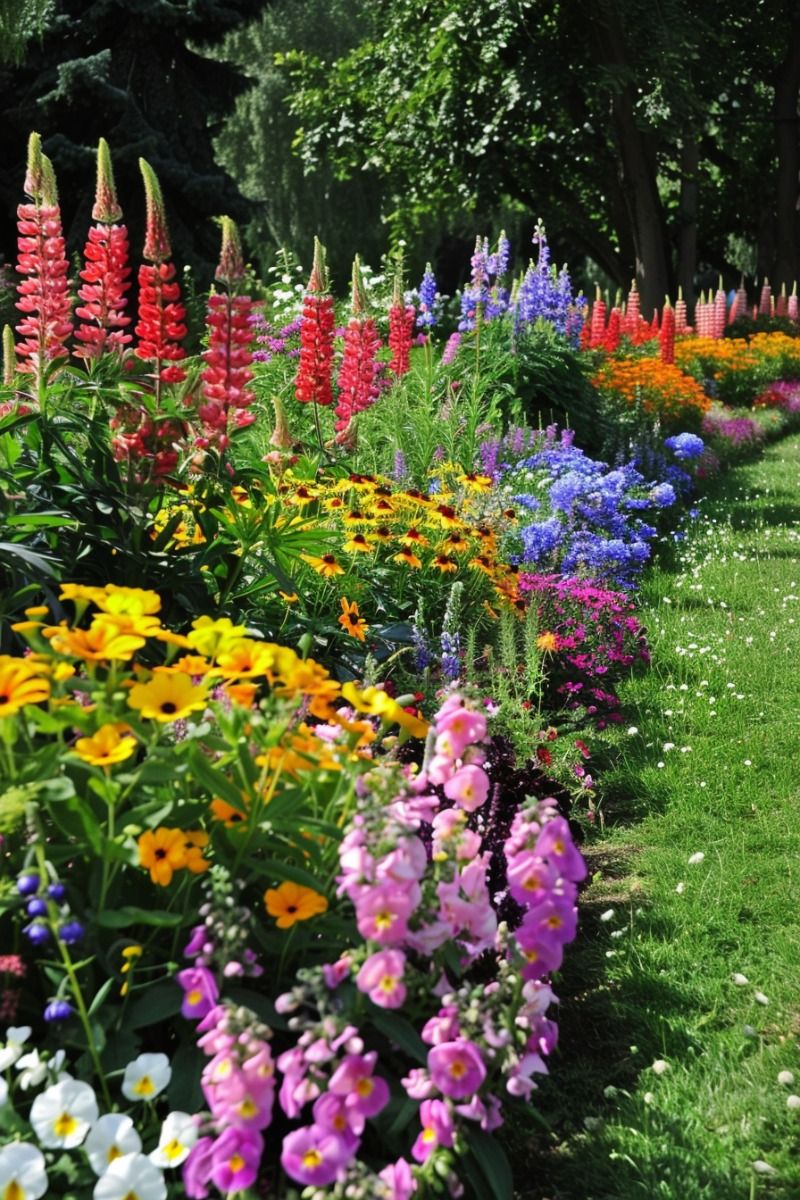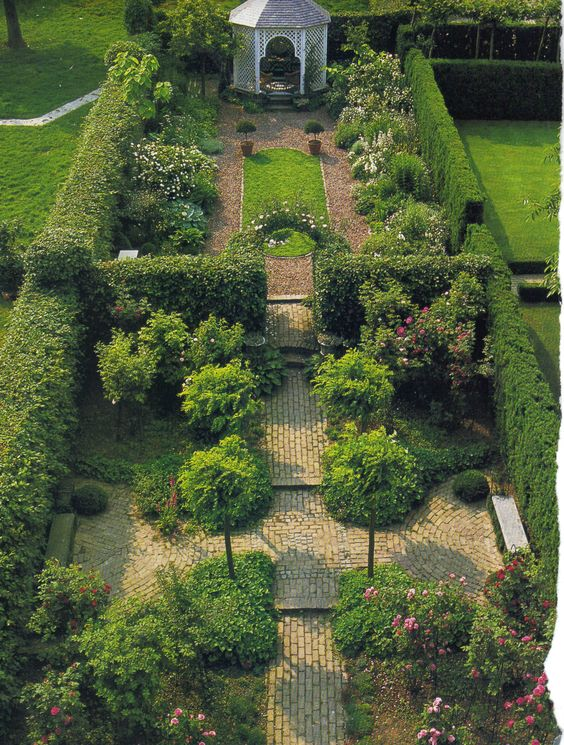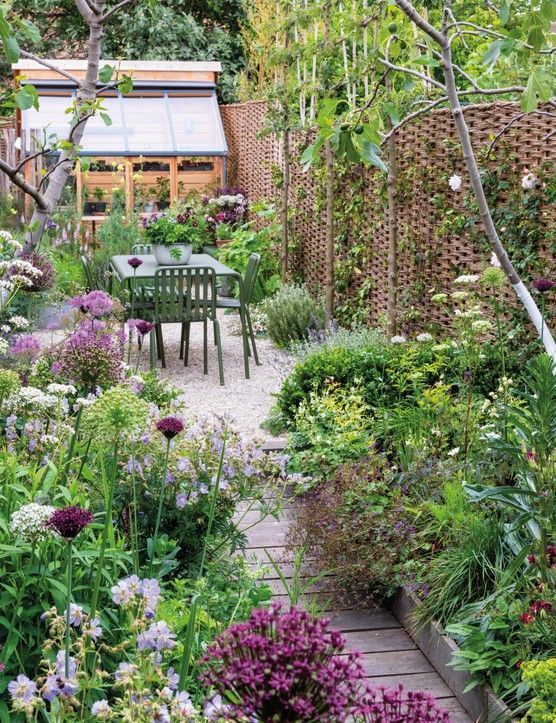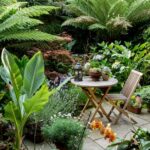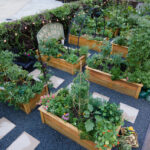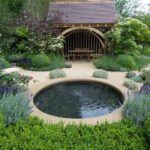Garden design layout is an important aspect of creating a beautiful and functional outdoor space. A well-planned layout can enhance the overall aesthetics of the garden while also creating a sense of balance and harmony. Whether you have a small backyard or a sprawling estate, there are key principles to keep in mind when designing your garden layout.
One of the first things to consider when designing a garden layout is the overall shape and size of the space. This will help determine what elements will fit best in the area and how they can be arranged to create a cohesive design. For smaller gardens, it’s important to maximize the use of space by incorporating vertical elements such as trellises or arbors to create the illusion of a larger area.
In addition to the size and shape of the garden, it’s important to consider the overall style or theme you want to achieve. Whether you prefer a formal English garden or a casual cottage style, your design layout should reflect your personal taste and create a cohesive look throughout the space. This can be achieved through the use of specific plant selections, hardscape materials, and decorative elements that tie the design together.
Another important aspect of garden design layout is creating visual interest through the use of focal points and pathways. Focal points, such as a striking sculpture or fountain, draw the eye and create a sense of drama in the garden. Pathways, on the other hand, help guide visitors through the space and create a sense of flow and movement. Incorporating both elements into your garden layout can help create a more dynamic and engaging outdoor space.
When designing a garden layout, it’s also important to consider the practical aspects of maintenance and upkeep. Choosing plants that are well-suited to the local climate and soil conditions will help ensure the long-term health and success of your garden. Additionally, incorporating low-maintenance features such as mulch or irrigation systems can help minimize the time and effort needed to keep your garden looking its best.
Finally, don’t be afraid to experiment with different layouts and designs to find what works best for your space. By incorporating elements such as raised beds, seating areas, and outdoor living spaces, you can create a garden layout that is both functional and visually appealing. Remember that the key to a successful garden design layout is to create a space that reflects your personal style and meets your needs, whether you’re looking to relax and unwind or entertain friends and family.
